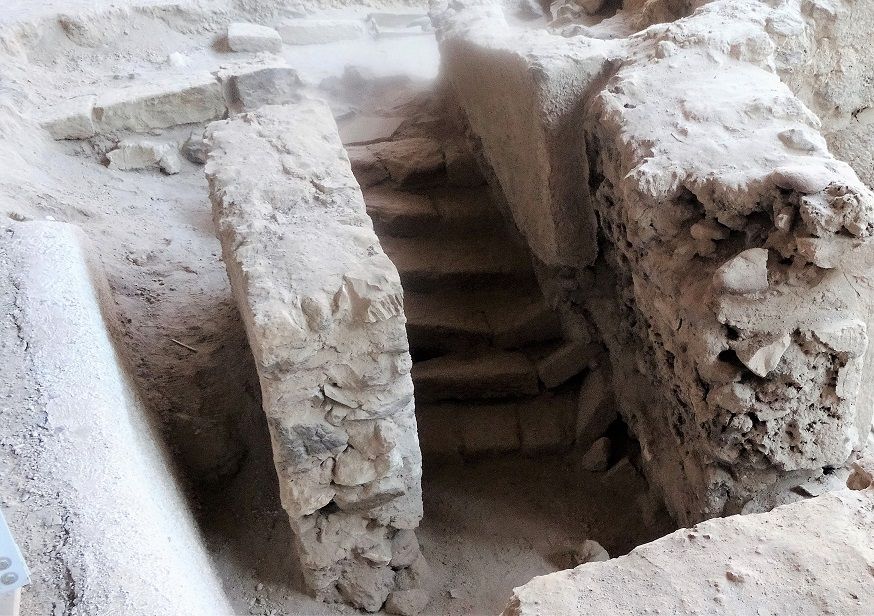


|
|
|
|||||||||||||||
|
|
||||||||||||||||
|
|
|||
|
|
Santorini Akrotiri
The Archaeological site of Akrotiri is a Minoan Bronze Age settlement close to the modern village of Akrotiri in the southwestern part of the island and a 15 km drive from Fira, the capital of Santorini. Considered to be one of the most important prehistoric settlements in the Mediterranean it is often referred to as the Minoan Pompeii, and a lost city of Atlantis. The name of the site comes from the modern village located nearby, its original name is unknown. The site was first inhabited during the Late Neolithic period, becoming a significant settlement as early as the end of the third millennium BCE. The earliest evidence for human habitation of Akrotiri has been traced back to the fifth millennium BCE, when it was a small fishing and farming village. By the end of the third millennium, it had developed and expanded, possibly due to trade it established with other cultures in the Aegean. This is borne out by the fragments of foreign pottery at the site. Situated on the main sea route between Cyprus and Minoan Crete also made it an important point for the copper trade, and discoveries at the site of moulds and crucibles there indicate it became a centre for processing copper. During the Late Bronze era, ancient Akrotiri was a sizeable settlement and was one of the most prosperous ports of the Aegean. The site thrived as an important centre for over 500 years. It had houses, of up to three stories, with paved streets, and an extensive drainage system. Also to be seen are shops, workshops and storerooms still containing much of its produce. Many of the houses had high quality Frescos produced using mineral based paints, which contributed to their preservation. This together with the discovery of high-quality pottery and objects such as furniture providing evidence of the level of sophistication achieved by the settlement. Many of the frescos and objects have been removed from the site and are on display in museums around the world. Still to be seen at the site are the layout of the houses and the items such as oven, basins and baths. Also still evident are is the layout of the houses and their relationship to other properties and the stairs leading to the different levels.  The site was buried by the volcanic eruption which is believed to have occurred during the eruption of Thira in 1627 BCE. Because it was buried under volcanic ash, like in Pompeii, many of its original frescoes, pottery, and artworks are well preserved. With many of the findings from the site being exhibited at the Museum of Prehistoric Thera in Fira. It has been suggested that the site was a possible inspiration for Plato's story of Atlantis. This also contributed to the collapse of the entire Minoan civilization. The fact that no uninterred human skeletal remains have been found indicates that there was an orderly evacuation with no apparent loss of life. The site was first excavated by French geologist and volcanologist Ferdinand André Fouqué. Although a more systematic excavation commenced in 1967 by Greek archaeologist Spyridon Nikolaou Marinatos who discovered the outstanding value of the site. Much can now be seen but a great deal of work has still to be carried out and it is believed that only a small part of the site has currently been excavated with many more buildings still to be unearthed. A modern roof structure, which was intended to protect the site, collapsed in 2005 just prior to its completion, killing one visitor although causing no damage to the antiquities, although it did result in the site being closed to visitors until April 2012. Today, the whole area is covered with a modern structure which protects the excavation, and there are wooden walk-ways for visitors around the site. The site also has notice relating to the various exhibits providing information and descriptions of what is displayed in several languages |
|
|
|
|
|||
All Photographs were taken by and are copyright of Ron Gatepain
| Site Map |